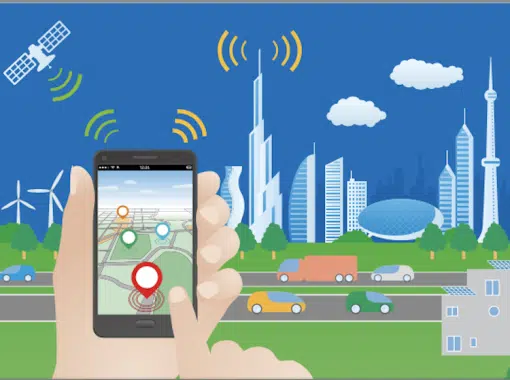
With so many types of marketing strategies out there, it can be challenging to figure out which strategies are best for your business. Do you really need to pay someone to manage five social media accounts? What’s the risk of not paying attention to SEO?
Today, we’ll walk you through five common marketing strategies and when you should use them.
5 Types of Marketing Strategies
1. Inbound Marketing
Most marketing strategies focus on directly presenting your company’s products and services to potential customers. Inbound marketing takes an indirect approach and instead invites people to visit the business website and learn about products and services at their own pace — perhaps by browsing through a curated service list or downloading a product sheet.
Inbound marketing is one of the most effective marketing strategies out there. That’s because it allows businesses to best control the customer journey. Rather than aiming to interrupt or distract customers from their daily activities, businesses can focus on inviting people to explore meaningful content.
Since inbound prospects are led to your site, it’s much easier to understand their needs and priorities, including reactions to specific offers and marketing campaigns. And by combining inbound marketing with call tracking, you’re giving yourself the best visibility of your leads throughout the entire sales funnel.
When to use it: Inbound marketing is a must-have strategy for any company with meaningful content on its website. That said, an inbound marketing strategy works best when used together with other marketing strategies such as email, social media, and online advertisements to increase traffic to your site.
2. Social Media Marketing
Social media channels are as diverse as the people who use them. Different platforms appeal to different age groups and are better for different types of content — online ads, images, written posts, videos, and so on.
Regardless of your products and target audience, there’s a social media channel to help you achieve your marketing goals. Some companies use social media to connect with existing customers and build loyalty while others post stunning images or catchy videos to attract new customers. A few creative companies even use social media to help them with routine operations like customer service.
The trick is to use the right social media platform to fit your business, customer base, and strategy. We help you pick the best social media platform in our guide to choosing the best social media channels to maximize conversions.
When to use it: With so many free social media channels available, every business should commit to actively managing at least one social media channel.
3. Referral Programs
A referral program is any marketing approach that involves incentivizing customers to tell other people about your business. Existing customers are typically offered a discount or reward if they bring a new customer who eventually makes a purchase or signs a contract.
The best part about referral programs is they create a multi-win situation. When a customer tells someone else about your products and services, chances are that the customer is satisfied with your business (win), that this customer wants to eventually make another purchase (win), and that your business gains a new customer (win).
When to use it: Referral programs are especially effective for B2B businesses, which rely a lot more on word-of-mouth and referrals to get new business. Referral programs are also popular with businesses that sell subscriptions — customers who refer their friends might get a free month of service or an extension to their subscription.
4. Search Engine Optimization
Search Engine Optimization (SEO) is a marketing strategy that focuses on using target keywords about your company’s products or services. SEO helps your business come up more in search results and also helps make sure your online ads are going out to the right people.
Depending on your business needs, you can choose to follow an SEO strategy that helps your business come up higher in searches around the world, or you can decide to focus your SEO on improving local search rankings.
If you invest the time to adopt good SEO practices now, you’re bound to reap the rewards soon with more website traffic and qualified leads.
When to use it: While every company should strive to include relevant keywords on their web pages, SEO is especially important for businesses that sell products or services in saturated or highly competitive B2C markets — for example, clothing, food, beauty, and online retail. Here, a well-executed SEO strategy can mean the difference between showing up as a top search result and being lost in the sea of competitors.
5. Call-Based Marketing
Digital marketing is here to stay, and call-based marketing isn’t going anywhere either. However, people still prefer to connect with other people. Having a one-on-one phone conversation helps your sales team to quickly adapt communication styles to fit the customer or to pick up on important emotional cues that they’d miss with email or online chat.
And when customers want to reach you, it’s much easier to make a phone call than write an email, especially when you use a toll-free number or vanity phone number that’s easy to remember.
When to use it: Whether your marketing campaign involves telemarketing or inbound marketing, you should have the capability to connect with customers on the phone, preferably with a toll-free or vanity number.
Don’t have an 800 vanity number for your business yet? No problem. It’s never been easier to find a phone plan with call tracking that has everything you need at an affordable price.












